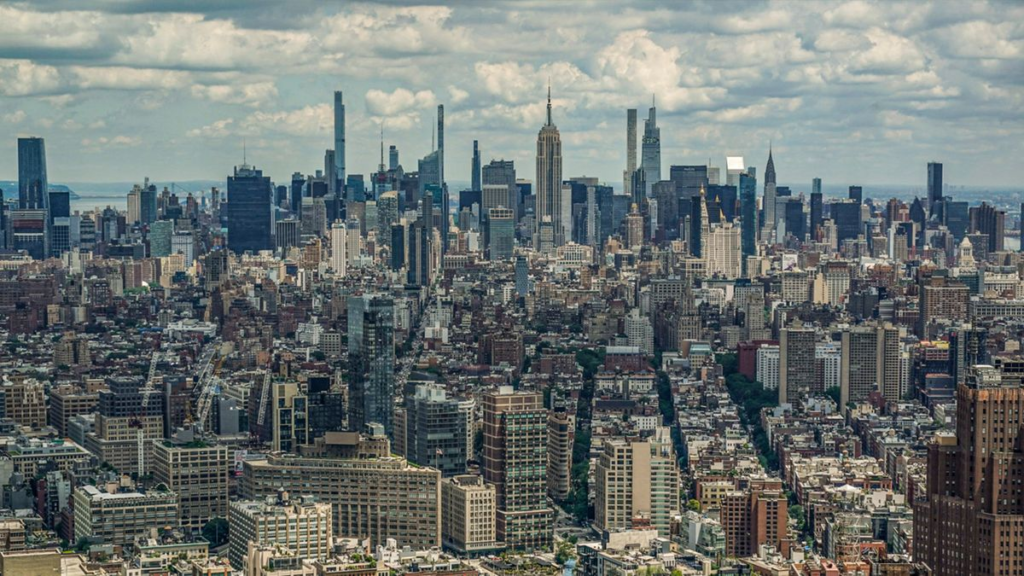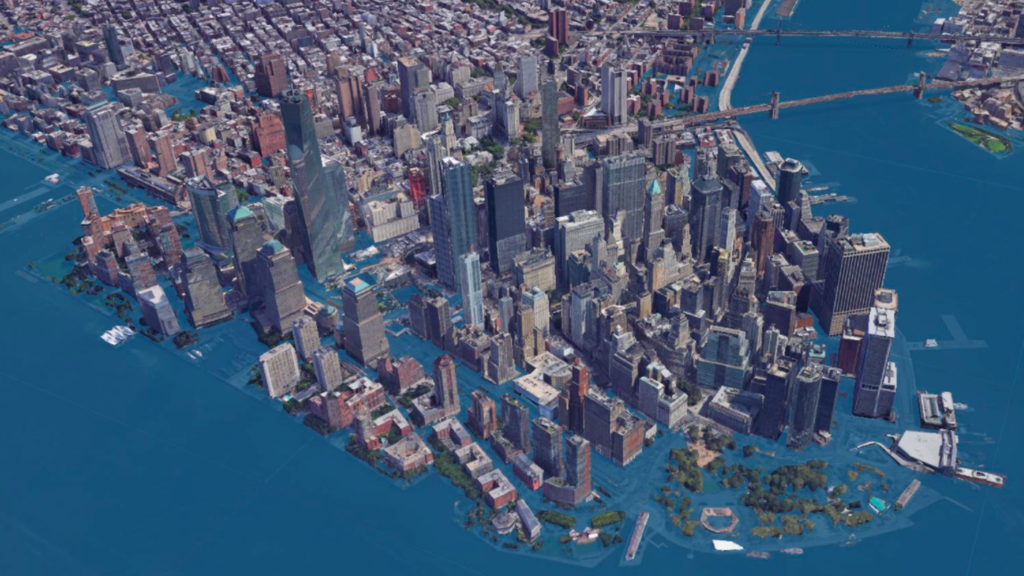
New York City is sinking in part due to the extraordinary weight of its vertiginous buildings. Worsening the flooding threat posed to the metropolis by the rising seas, new research has found.

Home to 8.8 million people as of 2020, New York City is by far the most populous city in the U.S. And the mass of the buildings needed to support all those residents—and the work they do—really adds up. New research published on May 8 in Earth’s Future suggests that the weight of the city itself is pressing down on the land it occupies. And contributing to local sea-level rise that increases flood risks.
“In terms of worrying about sea-level rise globally. Generally, the notion that most people have is that ice is melting, and that changes sea level,” says Jacky Austermann. A Columbia University geophysicist, who was not involved in the new research. But “it’s only part of the contribution to sea-level rise at any given location”. The sinking of land, which can happen for a range of reasons, is another important factor to consider. She says. “If you’re standing at the shoreline, whether the land’s going down or sea level’s going up. Both cause the same amount of flooding,” Austermann adds.

Intensity of sinking
All that weight is having an extraordinary effect on the land on which it is built. That ground, according to a study published in May, is sinking by 1-2mm (0.04-0.08in) per year, partly due to the pressure exerted on it by the city buildings above. And that is concerning experts – add the subsidence of the land to the rising of sea levels, and the relative sea level rise is 3-4mm (0.12-0.16in) per year. That may not sound like much, but over a few years it adds up to significant problems for a coastal city.
New York has already been suffering subsidence since the end of last ice age. Relieved of the weight of ice sheets, some land on the Eastern Seaboard is expanding, while other parts of the coastal landmass, including the chunk on which New York City lies, seem to be settling down. “That relaxation causes subsidence,” says Tom Parsons, a research geophysicist at the Pacific Coastal and Marine Science Center of the USGS in Moffett Field, California and one of the four authors of the study.

